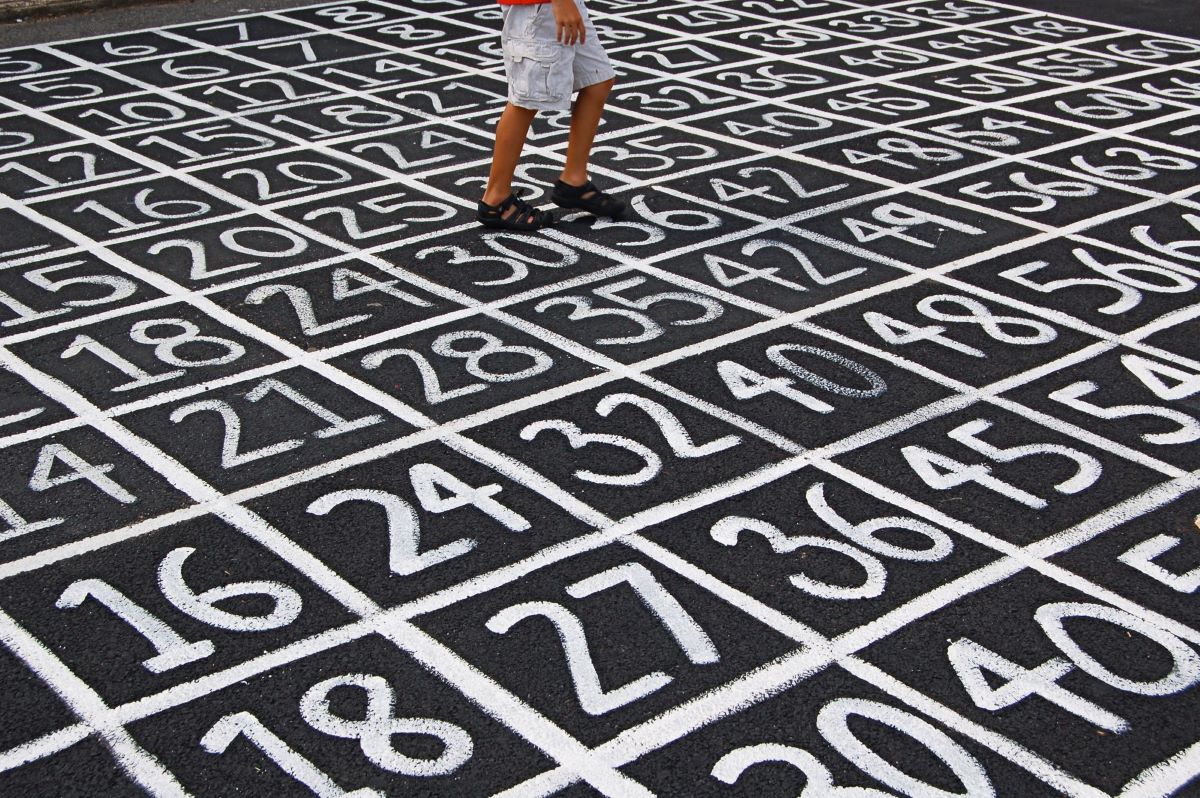
Ever wondered why math seems like a giant puzzle to first graders? Well, it's because, for them, it truly is! Diving into the world of numbers and shapes opens up a whole new universe for these young minds. Math facts for first graders are not just about adding and subtracting; they're the building blocks for all future math learning. From understanding the concept of numbers to grasping the basics of geometry, these facts lay down the foundation. So, why are these math facts so crucial, you ask? They help kids develop critical thinking and problem-solving skills early on. Plus, they make math fun and engaging, turning what could be daunting into a delightful adventure. Let's get ready to unravel the magic of math facts that will turn any first grader into a little mathematician in no time!
Key Takeaways:
- First graders learn basic numbers, shapes, addition, and subtraction. They also explore time, money, patterns, and measurement. Math is fun and full of interesting facts that spark curiosity and imagination.
- Understanding numbers, shapes, and operations is crucial for first graders' future math skills. Exploring patterns, time, and measurement makes math engaging and practical for everyday life.
Understanding Basic Numbers
First graders are at a pivotal point in their mathematical journey, where grasping the basics of numbers lays the foundation for all future math skills. Numbers are not just symbols; they represent quantities and are used in counting, measuring, and identifying the order of things.
-
Zero is a powerful concept in math. It represents the absence of quantity and is crucial for understanding value and place in numbers.
-
One is the first counting number. It signifies a single item or unit and is the building block for higher numbers.
-
Counting to twenty is a milestone for first graders. This skill is essential for developing number sense and understanding the relationship between numbers.
Exploring Shapes and Sizes
Shapes and sizes are everywhere, and understanding them is key to navigating the world around us. First graders learn to identify, compare, and describe various shapes and their attributes.
-
Circles, squares, triangles, and rectangles are the basic shapes first graders should recognize. Each shape has unique characteristics, such as the number of sides or corners.
-
A circle is special because it has no corners or sides. It's defined by its roundness and is a great way to introduce the concept of curves versus straight lines.
-
Understanding the concept of size involves comparing objects. First graders learn that objects can be bigger, smaller, taller, or shorter than others.
Addition and Subtraction Basics
Addition and subtraction are the first operations that first graders encounter. These concepts are fundamental to all future math learning.
-
Addition is combining two or more numbers to find a total. For example, adding 2 and 3 gives us 5.
-
Subtraction is the process of taking one number away from another. If you have 5 apples and eat 2, you're left with 3.
-
Learning to solve simple word problems using addition and subtraction helps first graders apply math to real-life situations.
Counting Beyond Twenty
Once first graders master counting to twenty, the next challenge is expanding their number range. This involves understanding larger numbers and their order.
-
Counting to one hundred is a significant achievement for first graders. It introduces them to the concept of grouping numbers and the basics of place value.
-
Skip counting by 2s, 5s, and 10s helps children understand patterns in numbers and prepares them for multiplication.
-
Recognizing that numbers can be broken down into tens and ones is a crucial aspect of understanding place value.
Time and Money Concepts
Understanding time and money are practical skills that first graders begin to explore. These concepts are essential for daily life and further mathematical development.
-
Learning to tell time involves recognizing the hour and minute hands on a clock and understanding the concept of hours and minutes.
-
Coins such as pennies, nickels, dimes, and quarters are introduced. First graders learn to identify and count them, laying the groundwork for financial literacy.
-
Understanding the days of the week and the months of the year helps first graders grasp the concept of time and its passage.
Fun with Math: Patterns and Sorting
Patterns and sorting activities make math engaging and fun. These exercises develop logical thinking and problem-solving skills.
-
Recognizing and creating patterns with shapes, colors, or numbers fosters critical thinking and observation skills.
-
Sorting objects by attributes like size, shape, or color helps children understand categorization and the properties of different objects.
-
Symmetry is introduced through fun activities, such as drawing the other half of a symmetrical picture, enhancing spatial awareness.
Measurement and Data
First graders start to learn about measurement and how to collect simple data. These skills are important for scientific thinking and everyday life.
-
Understanding length and height involves measuring objects with standard units like inches or centimeters.
-
Weight and capacity are explored through hands-on activities, such as weighing objects or filling containers with water.
-
Collecting and interpreting simple data can be done through activities like taking a class poll and charting the results.
The Magic of Numbers: Interesting Math Facts
Math is not just about learning concepts; it's also about discovering the magic and fun in numbers.
-
Eleven is the first number that cannot be counted on fingers using traditional counting methods, sparking curiosity about larger numbers.
-
Twelve is a fascinating number because it's the first number with its own multiplication table, apart from 1.
-
The number seven is often considered lucky, and in math, it's unique because it's the only number from one to ten that cannot be multiplied or divided within the group.
-
Eight is the first cube number (2x2x2), introducing the concept of three-dimensional shapes and volumes.
-
Nineteen is the largest prime number first graders are likely to encounter, highlighting the concept of numbers that can only be divided by themselves and one.
-
Patterns in numbers, like the fact that adding the digits of any multiple of 9 always equals 9 (e.g., 18, 27, 36), reveal the beauty and consistency in math.
-
Zero plays a unique role in addition and multiplication; adding zero to any number keeps it the same, and multiplying any number by zero gives zero.
-
Finally, the concept of infinity might be introduced as a way to spark imagination about numbers that go on forever, showing that math is not just about the numbers we can see and touch but also about the ideas that stretch beyond our immediate comprehension.
A Final Tally on Math Facts
Wrapping our exploration of math facts for first graders, we've journeyed through a landscape rich with numbers, shapes, and equations. These facts aren't just trivia; they're building blocks for young learners, setting a solid foundation in mathematics that will support their academic growth for years to come. From understanding the basics of addition and subtraction to recognizing shapes and patterns, these concepts are crucial stepping stones. Encouraging kids to engage with math early on fosters a positive attitude towards learning and problem-solving. Remember, every child's journey with math is unique, and patience, along with practice, makes all the difference. Let's keep nurturing those young minds with curiosity, making math an adventure they're excited to embark on. Here's to making math fun and accessible for first graders everywhere!
Frequently Asked Questions
Was this page helpful?
Our commitment to delivering trustworthy and engaging content is at the heart of what we do. Each fact on our site is contributed by real users like you, bringing a wealth of diverse insights and information. To ensure the highest standards of accuracy and reliability, our dedicated editors meticulously review each submission. This process guarantees that the facts we share are not only fascinating but also credible. Trust in our commitment to quality and authenticity as you explore and learn with us.


